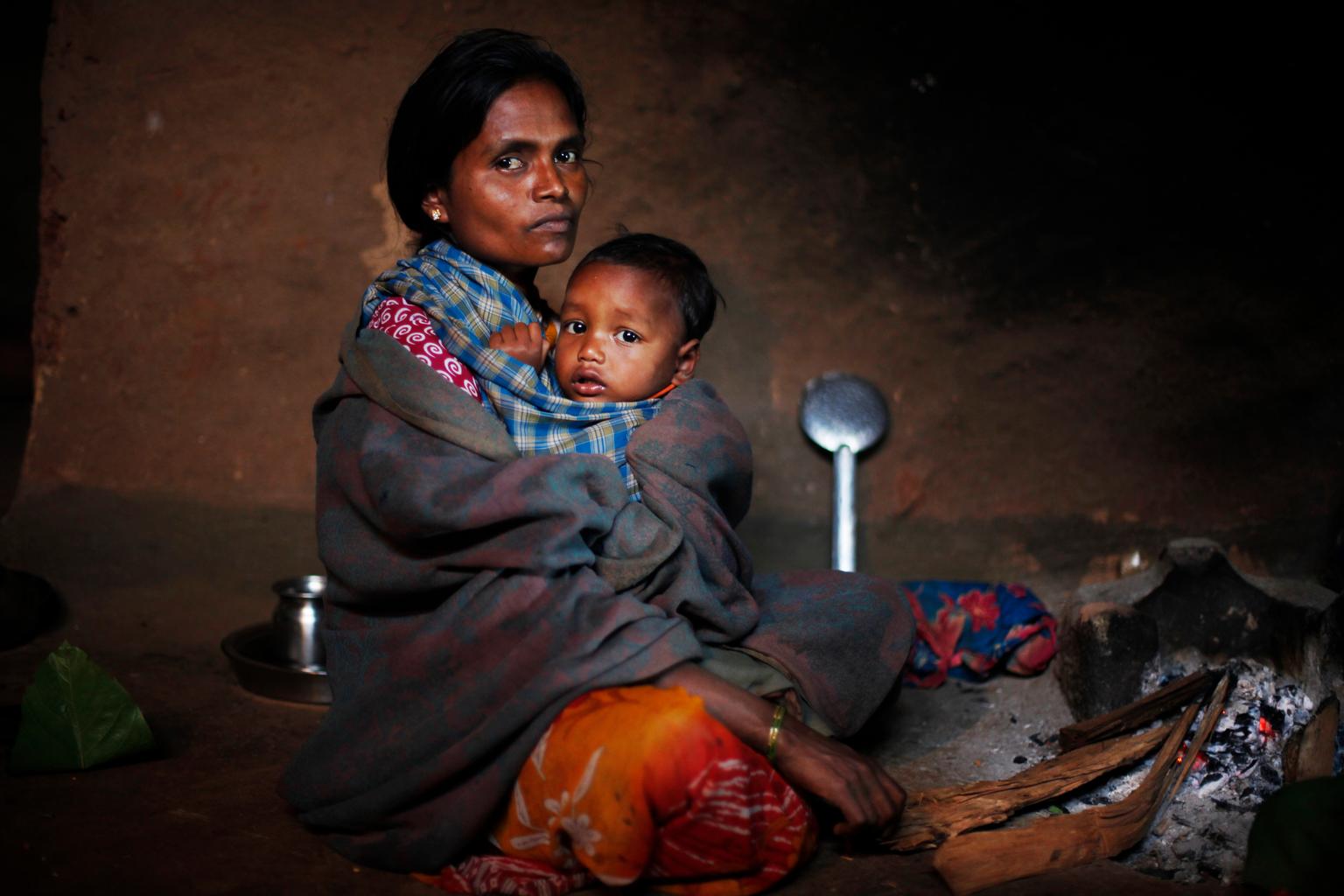Child stunting across districts in eight Indian states: Burden, determinants and rate of decline

India shares the bulk of the burden of childhood stunting globally with an estimated 44 million stunted children, according to the Rapid Survey on Children [Ministry of Women and Child Development, 2014]. Hence, reducing stunting in Indian children is considered imperative to achieve the global target set by the World Health Assembly to reduce the number of stunted children by 40 per cent by 2025.
The burden and proportion of childhood stunting in India, however, vary significantly by administrative unit (region, state, district, block) and social group. For a government programme manager to take any action, there would need to be representative data on both the burden and determinants of stunting at the lowest disaggregated administrative unit (block/district) in a format that can support quick understanding and action. However, such data had been available only at state level.
For the first time, representative data on childhood stunting for Indian children have been made available at district level from the National Family Health Survey (NFHS-4). The district-wise fact sheets of the fourth round of this survey are available in public domain for 18 Indian states and provide information on the proportion of stunted Indian children and a range of potential correlates. However, given the multiple determinants of stunting, simple scorecard-based systems that use a combination of existing district-level indicators are not available from NFHS-4 or in combination with other nationally representative data sources, which could be used by a district programme manager to arrive at a course of action to reduce stunting, using his/her existing skill set that is not dependent on multivariate analyses.
Hence, this study was undertaken with the objective to devise a simple method using publicly available data to answer the following three research questions: 1. Which districts contribute to the highest and lowest burden of childhood stunting? 2. What are the correlates of stunting at district level? 3. How many years would it take for each district to reduce the prevalence of stunting in children under five by 40 per cent?


